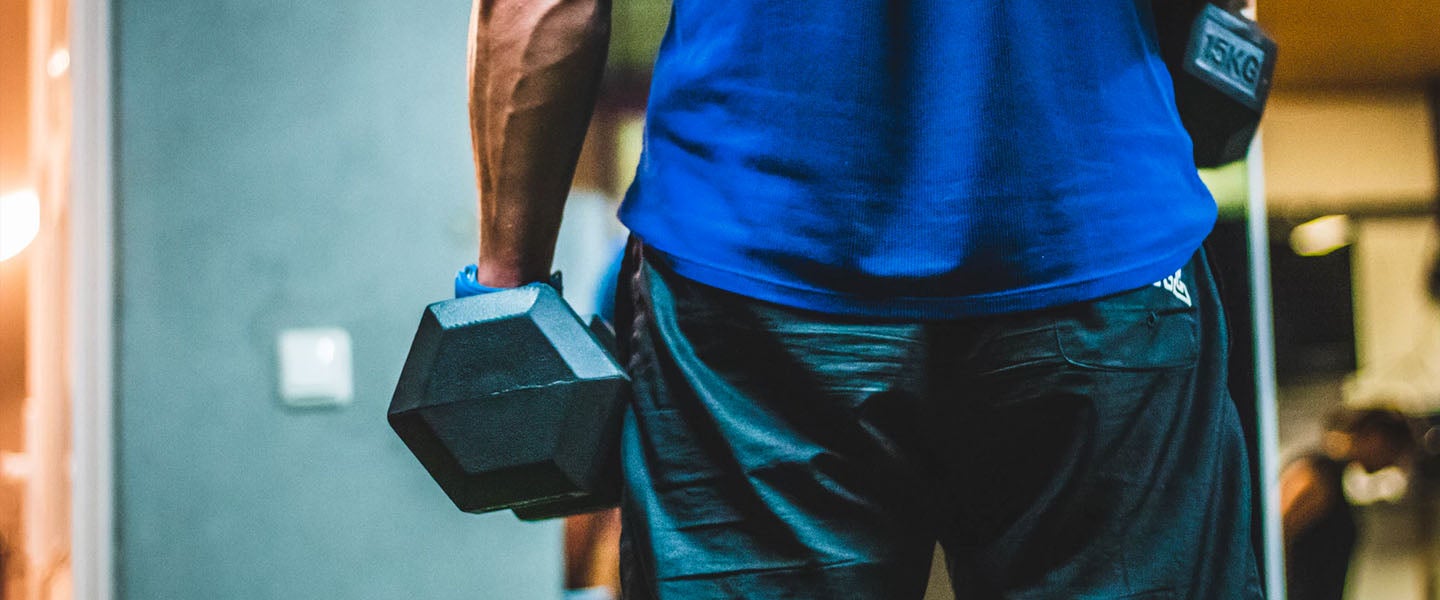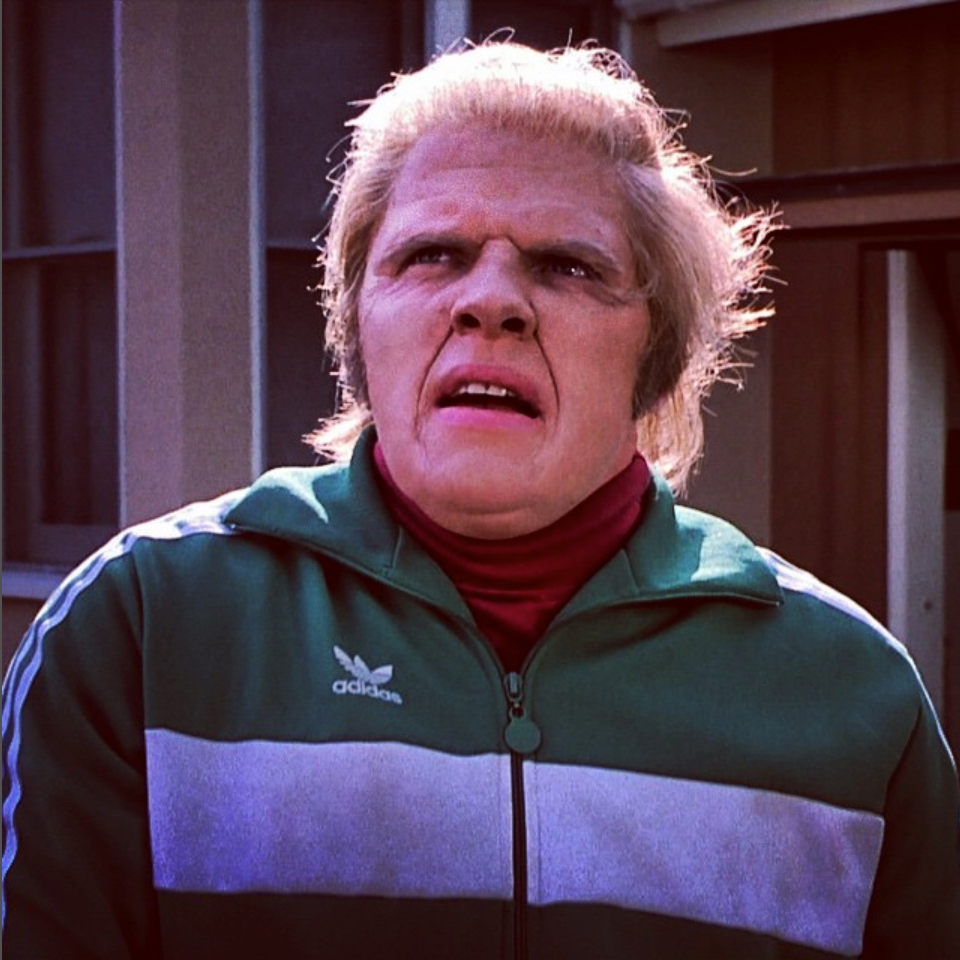When it comes to working out, we’re not all strongmen like Hafþór Júlíus Björnsson (aka The Mountain). In fact, many of us could go our entire lives and still have no clue how a lat pull-down differs from an incline bench. Which is to say, there’s no shame in not knowing your way around a gym, or how to start the process of getting in shape. Plus, that’s what we’re here for — to make sure that when you’re in the gym, you at least never have to sweat the small stuff.
I want to get back in the gym, but I’m worried I’m going to stand out like a sore thumb because I don’t know what to wear. Do I need special shoes, shirts and tights to look the part when I work out?
I wonder sometimes myself: Am I going to the gym, or am I going to an exclusive club? No doubt, the gym can be an intimidating place if you don’t look the part. Are people looking at me funny because I’m wearing running shoes to lift weights? Will that buff girl on the squat rack take me seriously if I’m wearing a cotton shirt while on the StairMaster? Am I just another poseur who doesn’t take working out seriously because I don’t own a single pair of compression shorts?
These are all serious questions, because if you sense you’re standing out in a way that you perceive as negative, you might not feel welcome, and people who feel unwelcome or out of place in the gym usually don’t stick to their workout goals.
Putting aside dressing like one of the “cool” kids for the moment, the first step is putting together clothes that are going to help you in the gym, not hold your workouts back. Let’s start with the basics: Fabrics. Despite what some people may say, wearing cotton clothing in the gym is a big no-no. Cotton is a hot, moisture-absorbing natural fiber that’s a killer, because if you sweat a lot, all that perspiration is going to stick to you like glue. And that’s really bad for your workout, because if you sweat and that sweat doesn’t evaporate, it can seriously fuck up your body’s ability to regulate temperature, tiring you out, or worse, end with you doubled over with heatstroke. That’s why it’s important to choose fabrics that are light, breathable and moisture-wicking, which makes synthetics like nylon and spandex a great choice.
The second step is fit. It can be tempting when you first get in (or back in) the gym to wear loose-fitting shirts and shorts to hide your spare tire(s). But loose-fitting gym clothes can get in the way when you’re lifting weights, ride up or down in weird ways when you’re doing sit-ups or cardio and generally look more out of place than the alternative. What you want to do is wear clothes that fit snug enough to be out of your way, but not tight enough that it looks like everything shrank in the wash the night before. Unless you’ve got your size down pat, I recommend going to the store to buy you gym clothes rather than buying online — that way you can try everything on before purchasing.
Besides fit, you’ll also want to consider what style of shirt you want to wear, i.e., long sleeve, short sleeve, sleeveless or if you’re really feeling yourself, a tank-top. I recommend you start with short sleeves, and go from there based on what kind of workout you like. Joel Randell wrote a great primer on this topic last year if you’re still unsure what kind of sleeve to wear.
Do you need compression pants, shirts or shorts? Maybe. Athletes swear by them. Manufacturers say they help hold muscles in their proper place, improving blood flow and boosting performance. Is any of that true? Let’s just call it high-quality advertising.
For someone just getting back in the gym, a better question might be: Do you chafe? At a bare minimum, compression shorts are great at preventing chafing, and better yet, they prevent your balls from bouncing all over the place or out of your shorts when you’re on your back. Compression pants or shirts, however, are overkill in my book, but if you like the way they look and you don’t mind throwing a cool $35 or more for the pleasure, go for it. Just keep in mind that fabric and fit are important here, too.
Next, let’s talk about shoes. Choosing a pair of shoes is all about figuring out how you plan to work out in the gym. Are you going to be running primarily? Go to a shoe store that caters to runners, and ask the clerk to help you pick out a running shoe that fits well. Are you only interested in lifting weights? Buy some weight-lifting shoes. But if you’re like me, and want to get into a bunch of different stuff, pick out a good pair of cross-trainers that are light enough for cardio, but sturdy enough for squats.
Now that we’ve got the basics down, we can’t forget about style. These days, brands have leaned heavily into performance wear that doesn’t shy away from color because that’s what many gym-goers want. And not just primaries — a lot of folks at the gym are rocking full hypercolor on their person, and colors that say, “Look at me, and my kick-ass body.” And if you want to join in, go for it. But if you want to stay under-the-radar while still standing out a bit, consider picking clothes in muted colors, and then adding color accents. A stripe here. An armband there. I think the best way to put it is less is more, especially if you’re first starting out.

So now that you know what to wear, the question becomes who do you wear? When it comes to the brands you’re most likely to see in the gym, Nike is the People’s Champ. But that doesn’t necessarily mean it’s the best. Relative newcomers like Outdoor Voices, Rhone, Vuori and MPG Sport make great, understated performance wear, much of which is budget-friendly. That said, and this is going to sound really shallow, but I’ve heard from many people that mixing and matching brands — like Adidas socks with Nike shoes, for example — is really noticeable and annoying, at least for those with mild OCD. I know, like I said, shallow. But keep it in mind.
If there is a bottom line, it’s this: Whatever you choose to wear to the gym, make sure it’s comfortable. Make sure it works for you and your goals, and make sure you like the way you look. Because the better, more comfortable you feel, the more likely you’ll stick with your newfound gym routine.
And that’s a good look.

